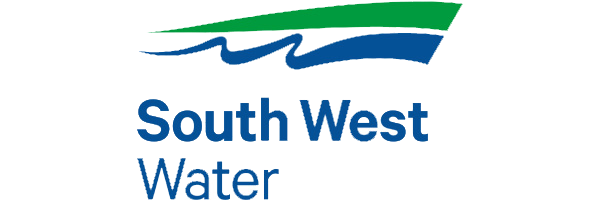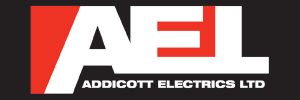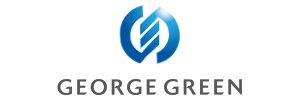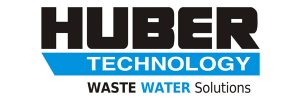Camels Head WwTW (2016)
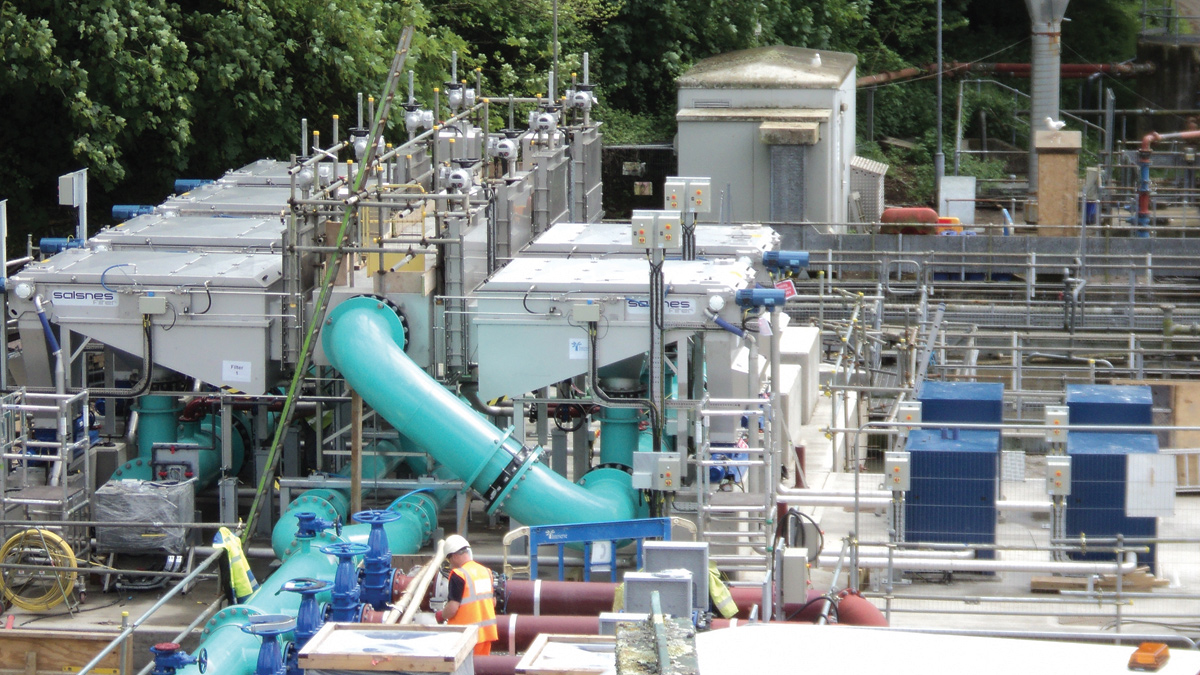
Installed Salsnes Filters and pipework at Camels Head WwTW - Courtesy of SWW Delivery Alliance H5O
South West Water’s Camels Head WwTW, is located in a residential area of Plymouth, Devon and serves a population equivalent (PE) of 41,500. Capital maintenance is required due to issues with current full flow to treatment (FFT) compliance, which is constrained by the primary settlement tanks (PSTs) capacity, odour from the site, inlet screening and plant operability. This case study looks at the innovations undertaken by South West Water Delivery Alliance, H5O to upgrade the works on a compact site.
Background
The existing plant consists of inlet screens, a grit removal system, primary settlement tanks followed by an activated sludge plant (ASP) with final settlement tanks and UV tertiary treatment. The 16 (No.) Dortmund style pyramidal upward flow settlement tanks, in 2 (No.) banks of eight, are now in need of replacement.
Effective primary treatment through these tanks is inhibited due to high surface loading rates, difficulty in splitting flows between the 16 (No.) tanks and the accumulation of scum on the tank surfaces. This results in a disproportionately high load being passed forward onto the activated sludge plant (ASP) which puts overall compliance at risk. In addition, the PSTs are difficult to operate and desludge with frequent intervention by operations to maintain their performance. This, coupled with downstream overloading, makes a significant contribution to the long-standing issues of odour release from the site and the associated public relation challenges.
There is no available space on the site for a replacement of the primary tanks; hence any option to improve the primary process had to ensure that compliance was maintained throughout the build process. The options boiled down to either constructing 4 (No.) new, conventional primary settlement tanks on top of the existing Dortmunds or the installation of primary treatment belt filters. The former posed significant constraints in that only one tank could be built at a time, creating a project build period considered too long by the team. The latter had the advantage of needing only a fraction of the land footprint to provide the necessary treatment. However to date this technology, although widely used in Norway (the source of the product) and parts of Europe and beyond, had only a handful of installations in the UK.
A trial using the belt filter technology was carried out and, following that and a review of the alternative option, the decision was taken to proceed with the belt filters.
Proposed works
The scope called for the replacement of the existing Dortmund settlement tanks with 6 (No.) Salsnes SFK 600 primary filter units fed from a new pumping station created from one of the original Dortmunds. Additionally, new transfer sludge pumps, MCC kiosk, crane gantry and a new odour control unit were all part of the improvements. Refurbishment of the inlet screens and provision of new grit removal pumps to protect the downstream process was also included within the project scope.
This work would allow for the decommissioning of an existing sludge pumping station, existing ASP feed pumps and all the remaining PSTs would be backfilled to provided additional space for any future expansion.
Design and Construction work
The scheme is being delivered by the South West Water Delivery Alliance H5O, whose delivery partner, Interserve Construction Ltd is principle contractor on the site. Sub-contracts were let to Trojan Technologies (as the UK supplier of the Salsnes Filters being installed on site), and Galliford Try for the MEICA works.
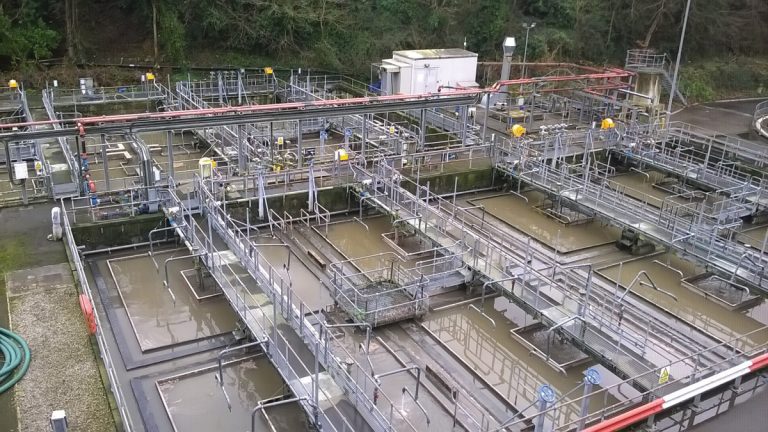
Existing Dortmund tanks at Camels Head WwTW prior to replacement by Salsnes Filters – Courtesy of SWW Delivery Alliance H5O
Trojan Technologies is the parent company of Salsnes Filters AS (and are the sales representatives for the UK), and the design of these units into the scheme at Camels Head, with their small footprint, allowed the existing primary process to be maintained during the construction period. An EA agreement to a temporary consent relaxation also negated the need for temporary process equipment during the build phase. Subject to the provision of robust sludge processing, the filter option offers the lowest odour risk as the plant is covered and will be odour controlled.
In terms of process design for 20% BOD removal at FFT the required duty is 3 (No.) duty Salsnes Filters and 3 (No.) standby units. For 30% BOD removal at average flow of 180l/s the required duty is 4 (No.) duty filters and 2 (No.) standby units. The average flow of 180l/s is exceeded for only 45% of the time. This demonstrates that a satisfactory level of redundancy is built into the process solution.
Interserve Construction commenced on site in late September 2015 and the first 5 (No.) Dortmund tanks were taken out of service, drained and cleaned. They were then filled and capped with a concrete slab prior to the installation of the Salsnes Filter units and the associated pipework and cabling by March 2016.
MEICA installation work is currently underway with power and control cabling from the filters to the new MCC, followed by dry and wet commissioning works. The first 4 (No.) units will be in service in mid-May. This will provide sufficient process capacity to allow the remaining 3 (No.) Dortmund tanks in the first bank to be taken out of service to provide the space needed for the blowers to support the remaining filters and the new sludge transfer pumps. Once all the filters are online the remaining bank of Dortmund tanks can be decommissioned.
One of benefits of the belt filters is that they will typically produce 5% sludge DS compared to 1% DS coming off the existing tanks. This will reduce the volume of sludge storage and treatment. Additionally, South West Water has taken an innovative approach on the site at Camels Head and has brought forward planned work to the sludge process treatment on site and integrated it with the scheme to install the Salsnes Filters.
2 (No.) additional Salsnes Filters were added into the scheme to allow co-filtration and removal of works SAS through the filters. A sludge screen is also being installed prior to the sludge storage tank and the result is a reduction in sludge volume from 160m3 to approximately 50m3 per day. This allows operations more flexibility in terms of both storage and treatment of indigenous works sludge, enabling cost savings to be realised.
Further savings are expected from the reduction in load that the ASP will experience enabling operations to reduce their energy needs in the secondary process.
In combining these schemes South West Water has invested circa £3.5m into the works to improve both the quality of the final effluent from the plant and removed one of the sources of the long standing odour issues associated with the plant improving the environs for the local population.
Conclusion
The capital maintenance scheme at Camels Head WwTW is replacing the traditional primary settlement tanks with belt filters. It is considered that these filters will reduce the treatment load passing forward, reducing the risk of challenging compliance. By replacing the old tanks they remove a significant source of odour from the works, additionally they will significantly reduce the volume of sludge produced for transfer and treatment.


